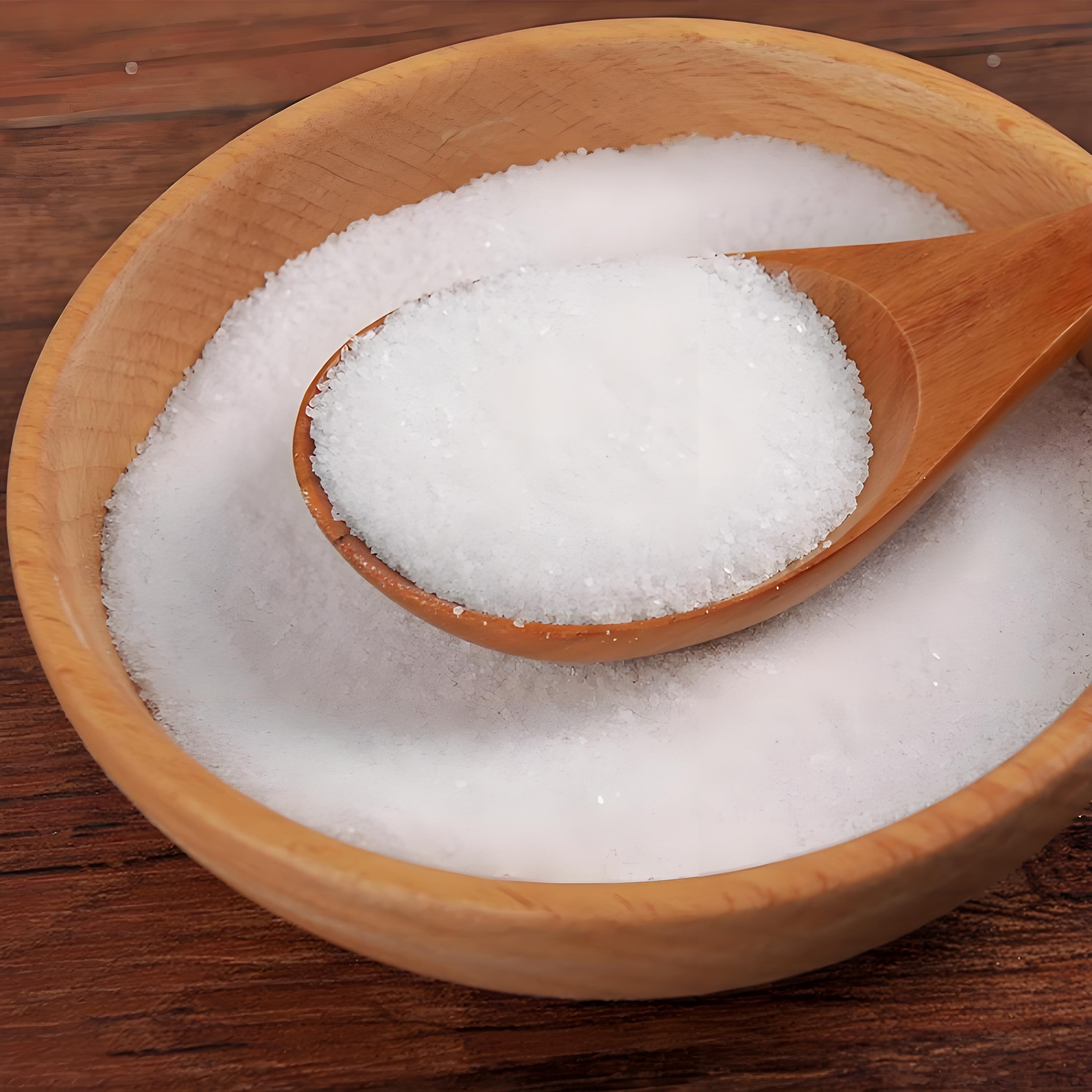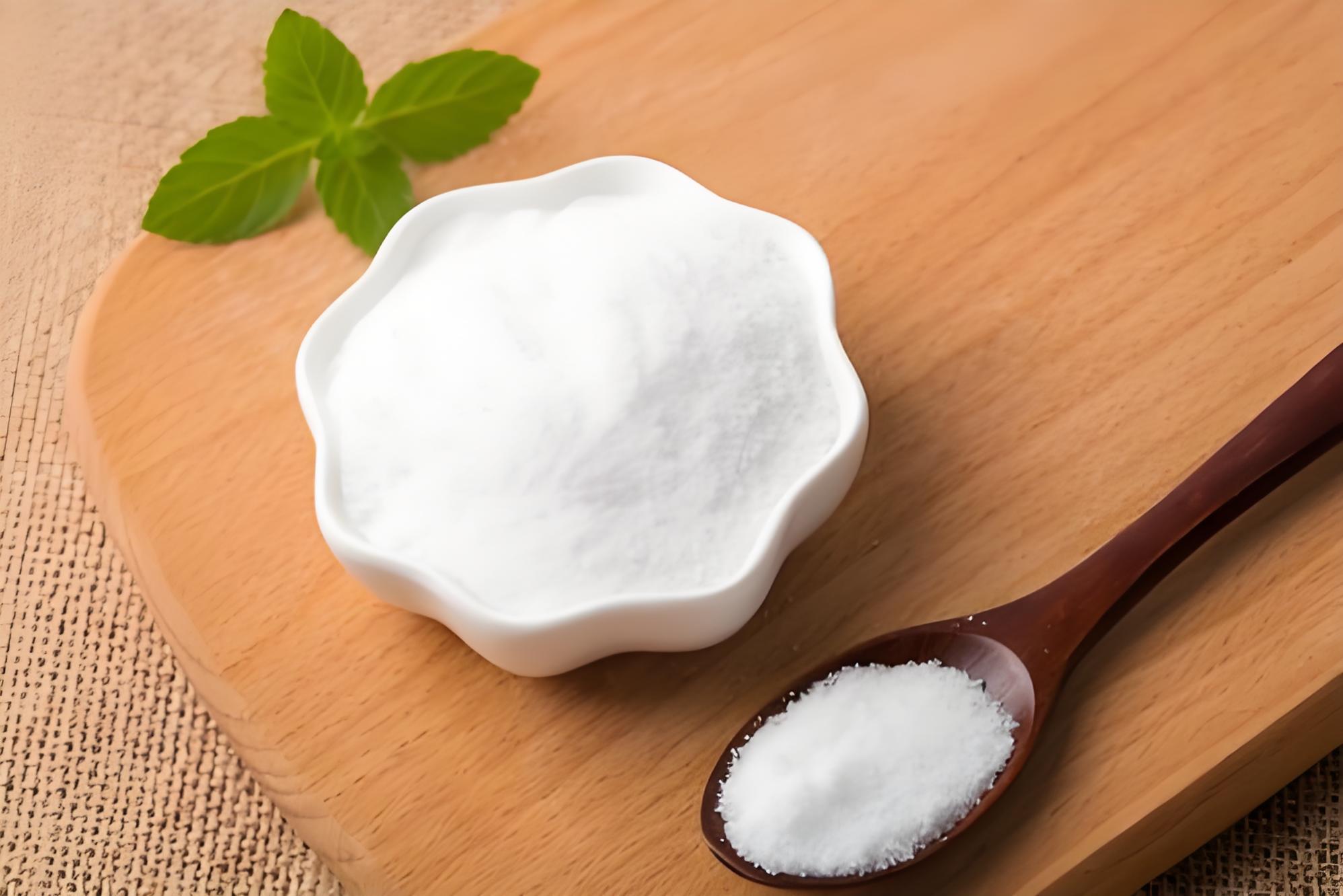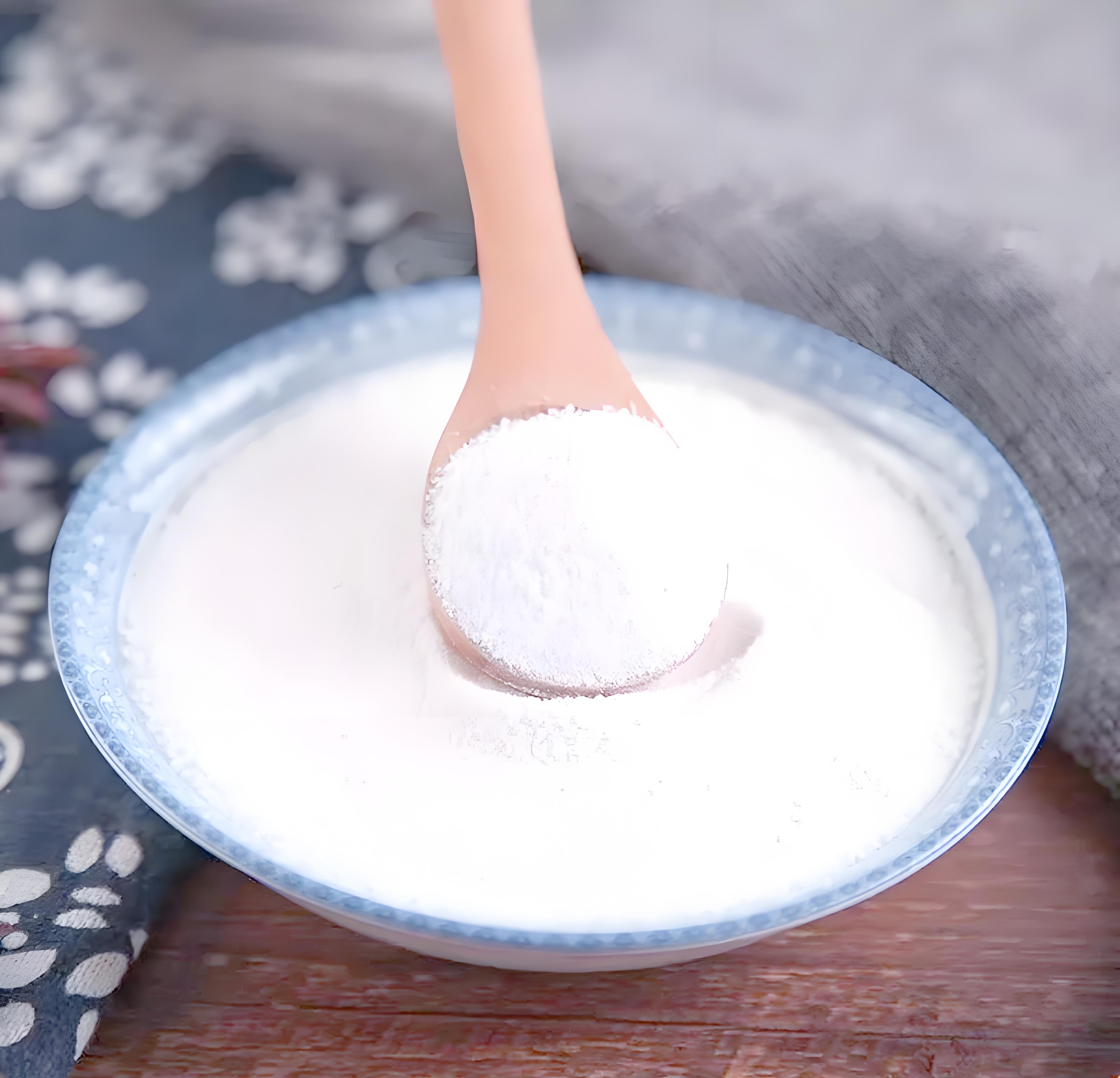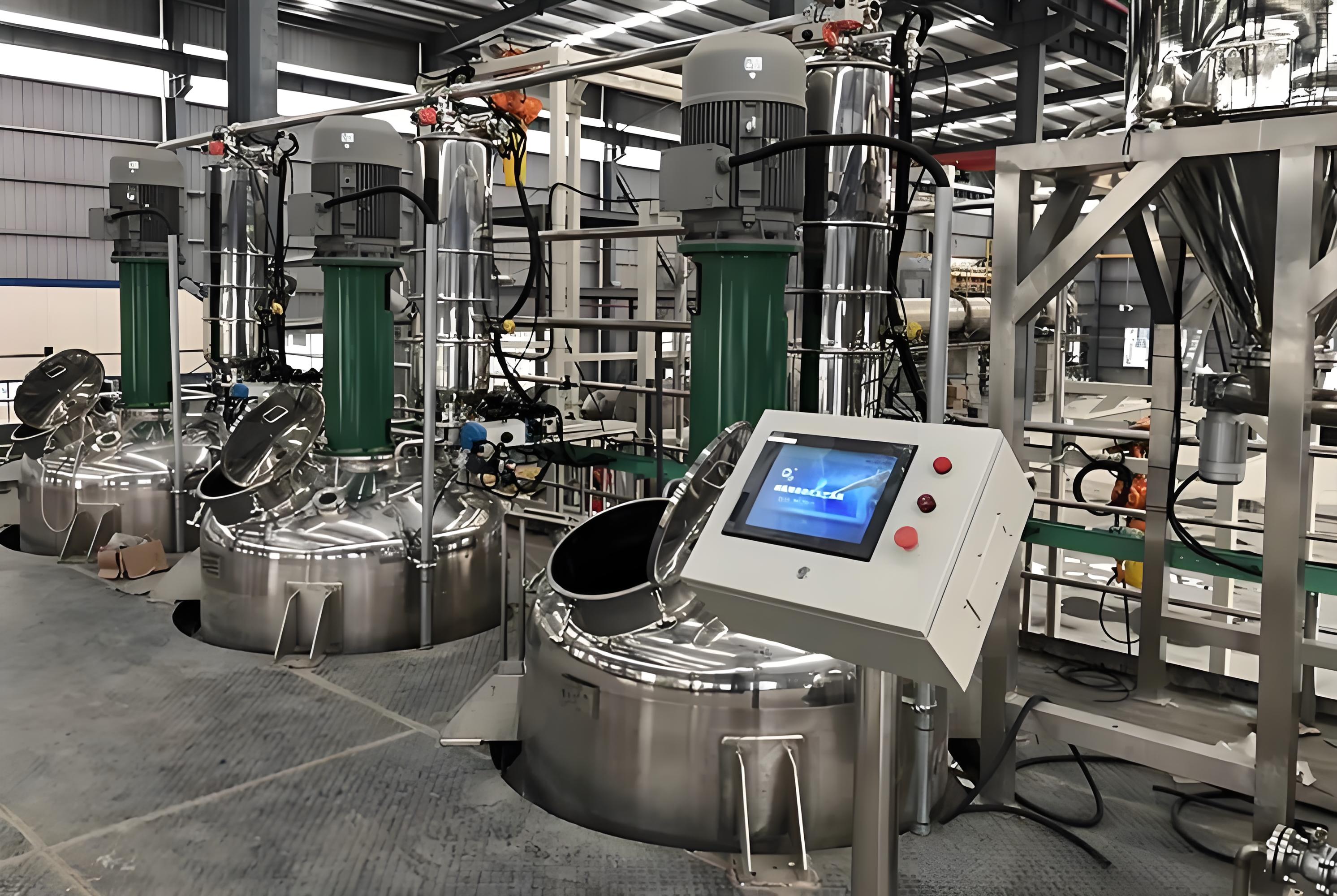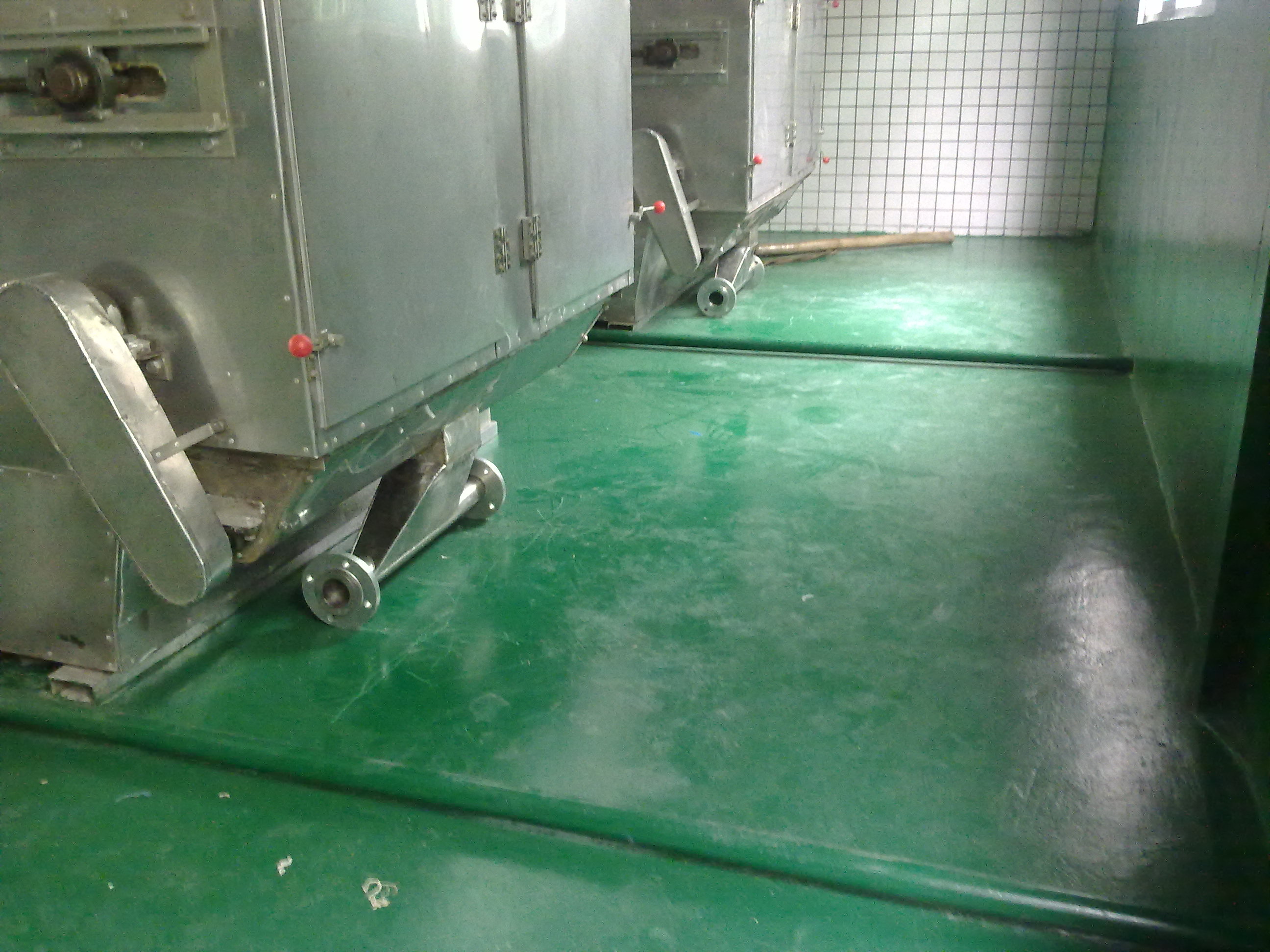Karaoke pneumatic conveying
Shandong Dongkai can provide turnkey projects such as process demonstration, design, equipment production, equipment installation, and system debugging for carrageenan pneumatic conveying systems based on the actual production and on-site layout of carrageenan materials.
Carrageenan is a hydrophilic colloid, also known as carrageenan, carrageenan, carrageenan, or carrageenan, because carrageenan is a hydrophilic colloid extracted from red algae seagrass such as carrageenan, carrageenan, and carrageenan. Its chemical structure is composed of calcium, potassium, sodium, and ammonium salts of polysaccharide sulfates composed of galactose and dehydrated galactose.
Carrageenan is a white or light brown granule or powder, odorless or slightly odorless, with a sticky and smooth taste. Dissolve in water at approximately 80 ℃ to form a viscous, transparent, or slightly milky white, easily flowing solution. If soaked in ethanol, glycerol, or saturated sucrose solution first, it is easier to disperse in water. Boil a solution with 30 times water for 10 minutes, and cool it to form a colloid. The viscosity increases when combined with water, and it reacts with proteins to emulsify and stabilize the emulsion.
Solubility: Insoluble in cold water, but can swell into gel like blocks, insoluble in organic solvents, easily soluble in hot water to form a semi transparent colloidal solution (dissolution rate increases in hot water above 70 ℃);
Gelatibility: it can generate thermo reversible gel in the presence of potassium ion;
Thickening: When the concentration is low, a low viscosity sol is formed, which is close to Newtonian fluid. When the concentration increases, a high viscosity sol is formed, which is a non Newtonian fluid.
Synergy: It can cooperate with locust bean gum, konjac gum, xanthan gum and other colloids to improve the elasticity and water retention of gel.
